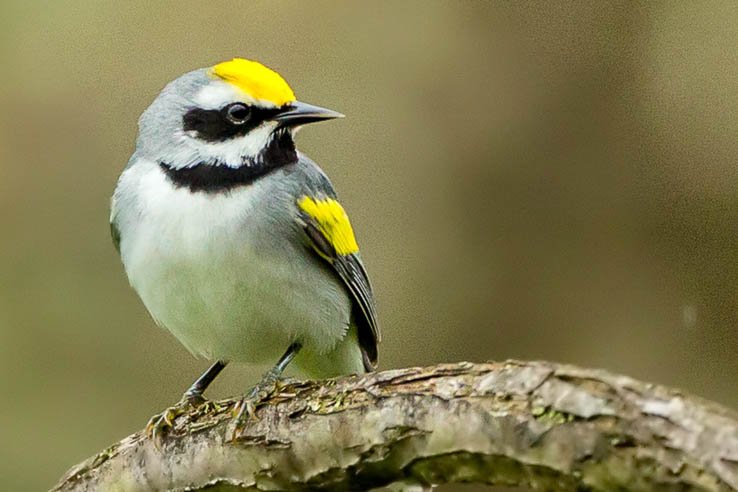Wildlife Protection
Conservation & Preservation
Tamerlaine’s Wildlife Program is dedicated to habitat restoration and native flora and fauna protection.
This program includes both conservation and preservation initiatives on our 336-acre property. Our focus is habitat restoration and building thriving ecosystems for animals in danger of habitat loss. By focusing on recovering native habitats at Tamerlaine, we will start to bring back wildlife in more significant numbers.
Alongside these projects, our education programs will offer curricula on the importance of conservation and preservation.
Our Long-Term Goals
New Jersey has the most biodiversity per square mile in the United States. Offering accessible education to the surrounding communities and the broader public is key to helping local wildlife in need.
We welcome partner organizations and volunteers to work on our environmental endeavors and will post volunteer dates as they are available. You can also reach out to us here for volunteer opportunities.
Ways to Get Involved!
Monarch Butterfly & Native Pollinator Conservancy
We are dedicating 26 acres to help native pollinators! Over the next few years, we will open our one-acre Monarch Visitor Center with a dedicated garden consisting of native plants, beautiful winding trails, and breathtaking scenery.
Golden-winged Warbler
A combination of habitat loss, hybridization, and other threats have landed this species on several state-level endangered and threatened species lists, and made it a Bird of Conservation Concern for the U.S. Fish and Wildlife Service. We are working with the NRCS to create a fifty-acre young forest habitat at our sanctuary.
These migratory birds are always of great concern to protect within the conservation world.
At least two sites on our property are ideal locations for migratory birds.
Habitat for the American Black Duck
Nesting Grassland Birds Protection
Working closely with the NRCS, we have developed a plan for delayed mowing schedules on large portions of our open areas to give grassland birds the habitat they need to nest and hatch their young.








